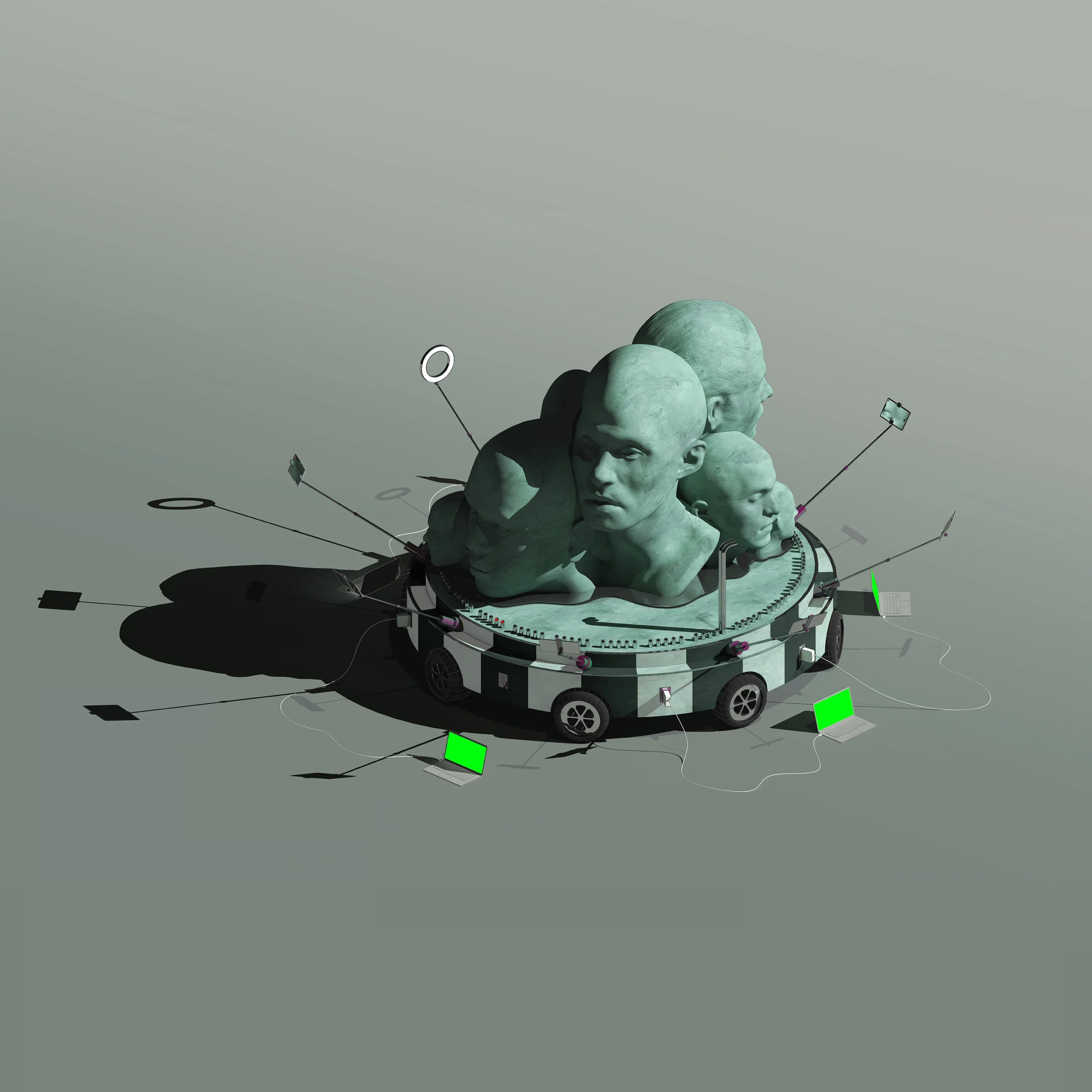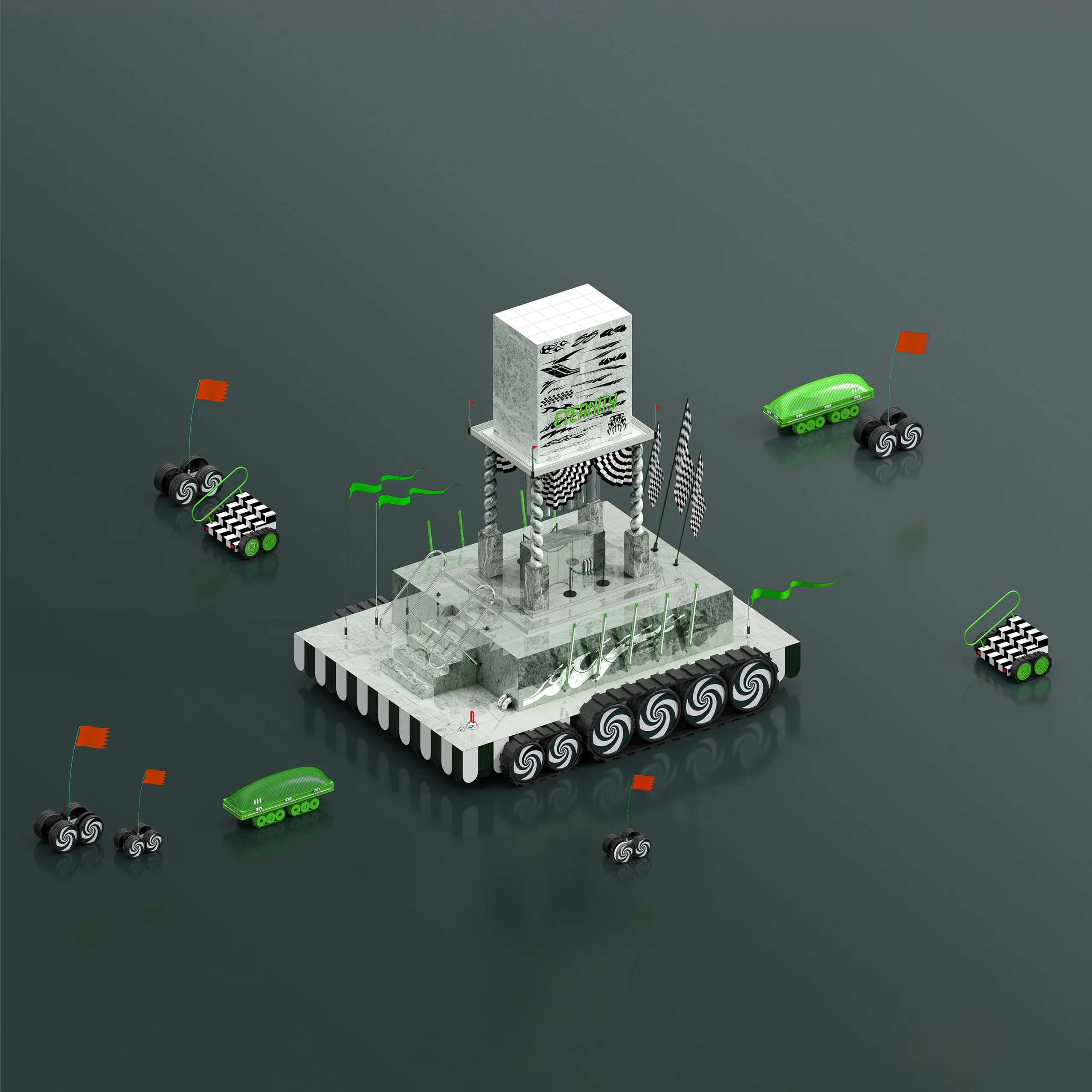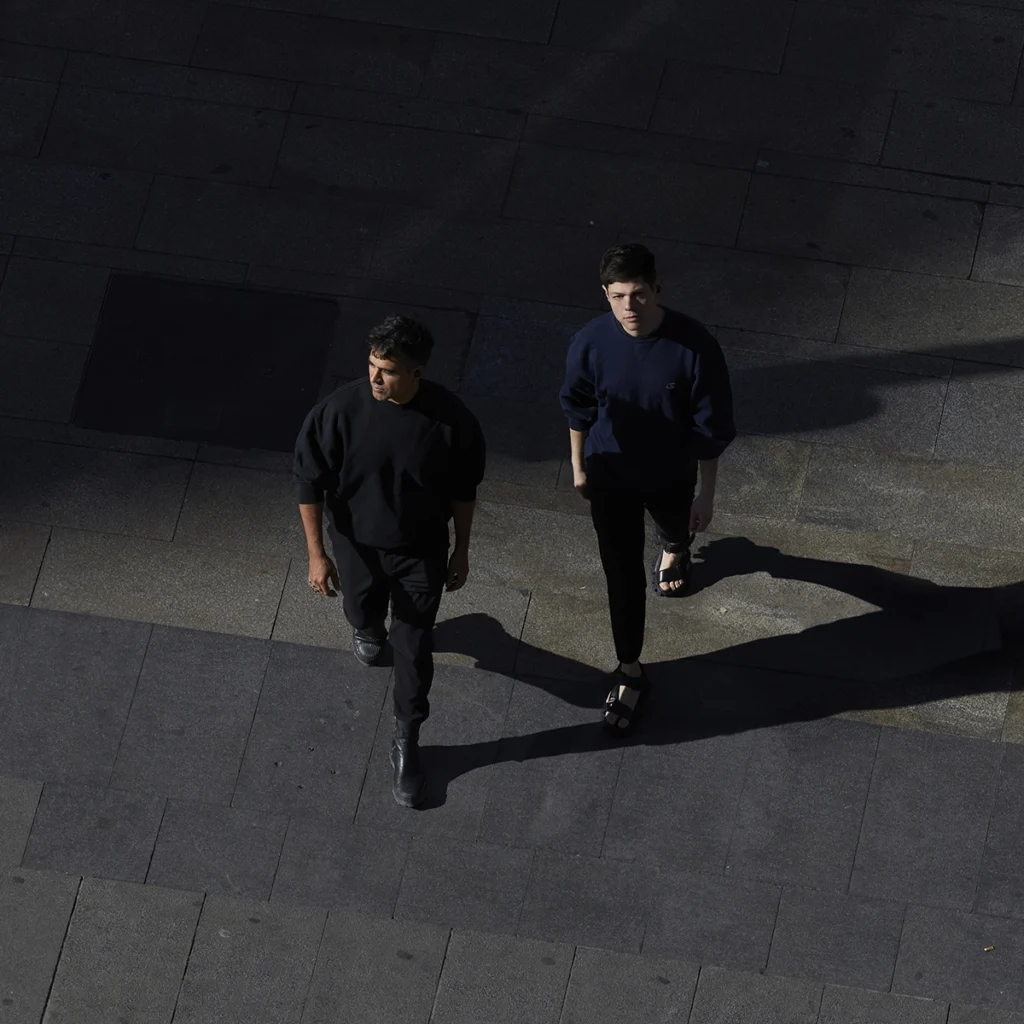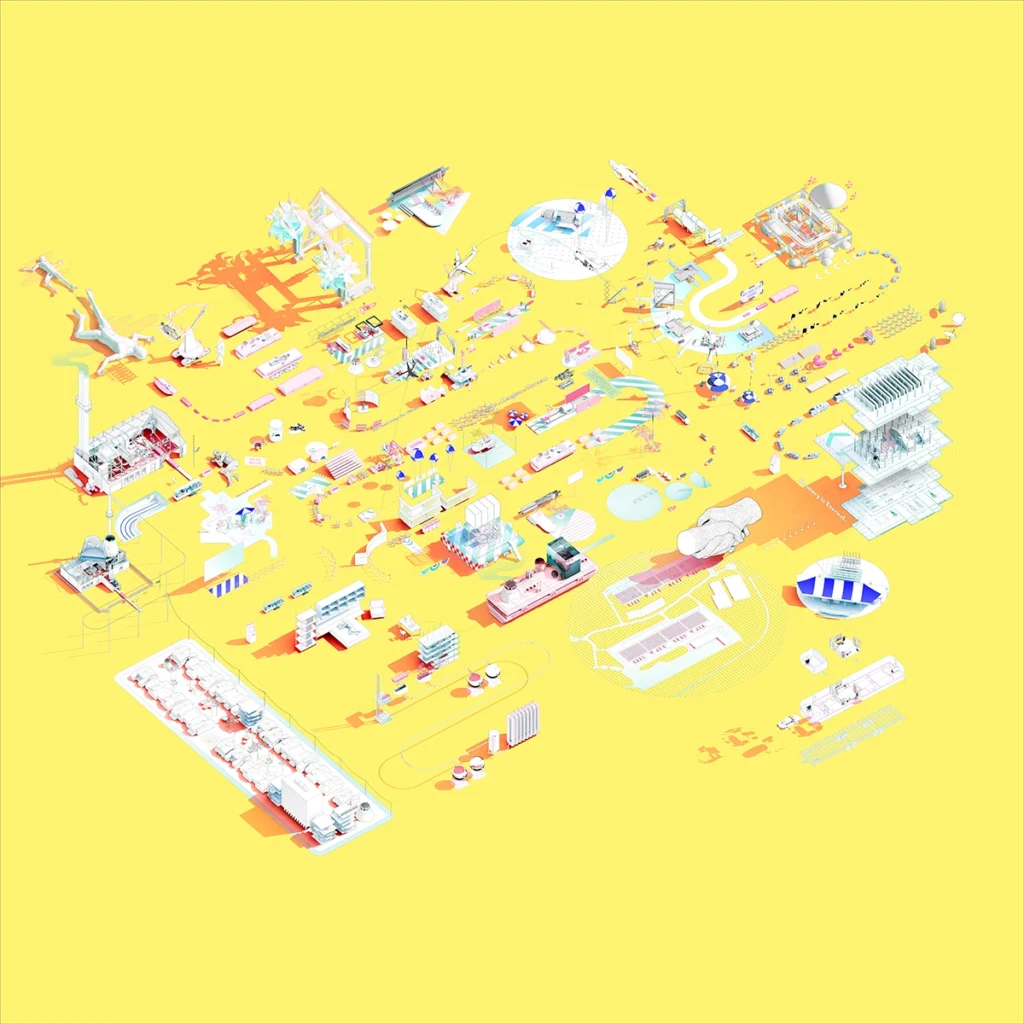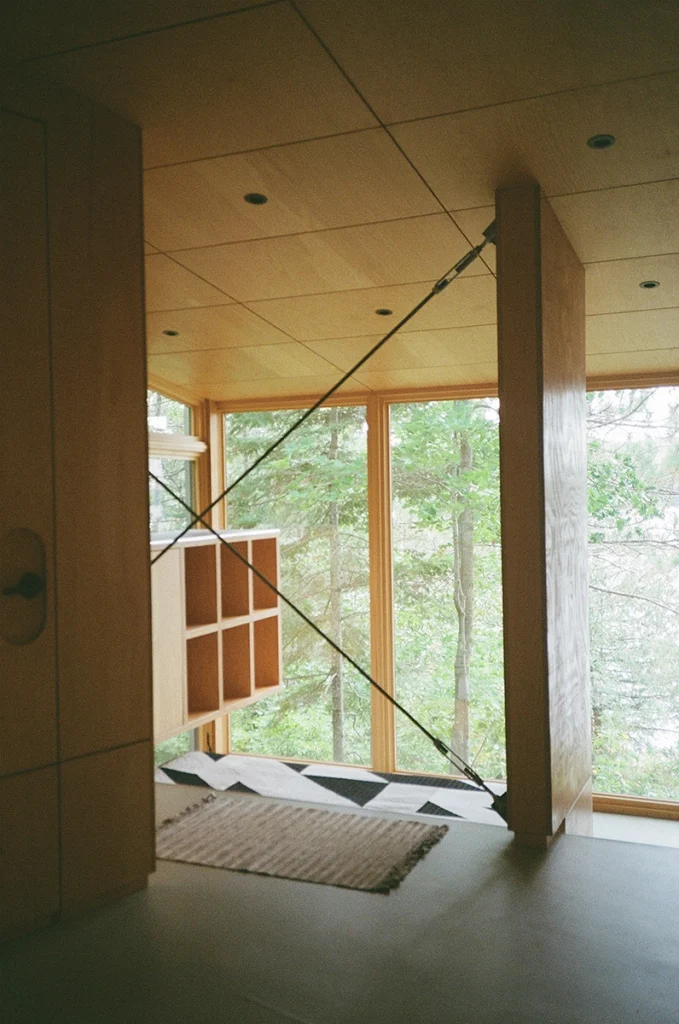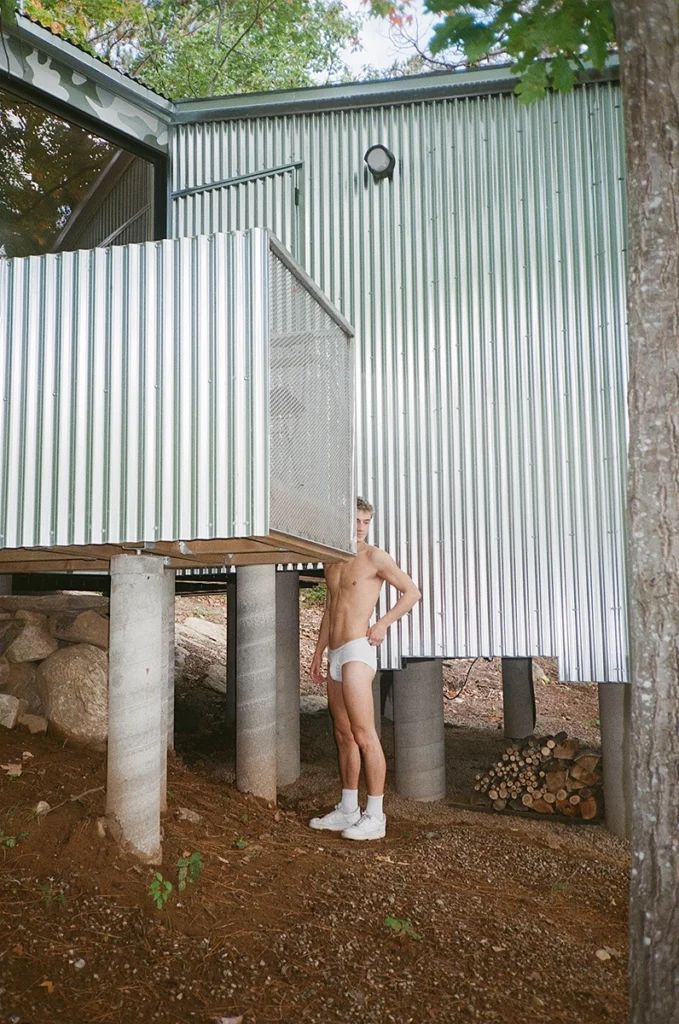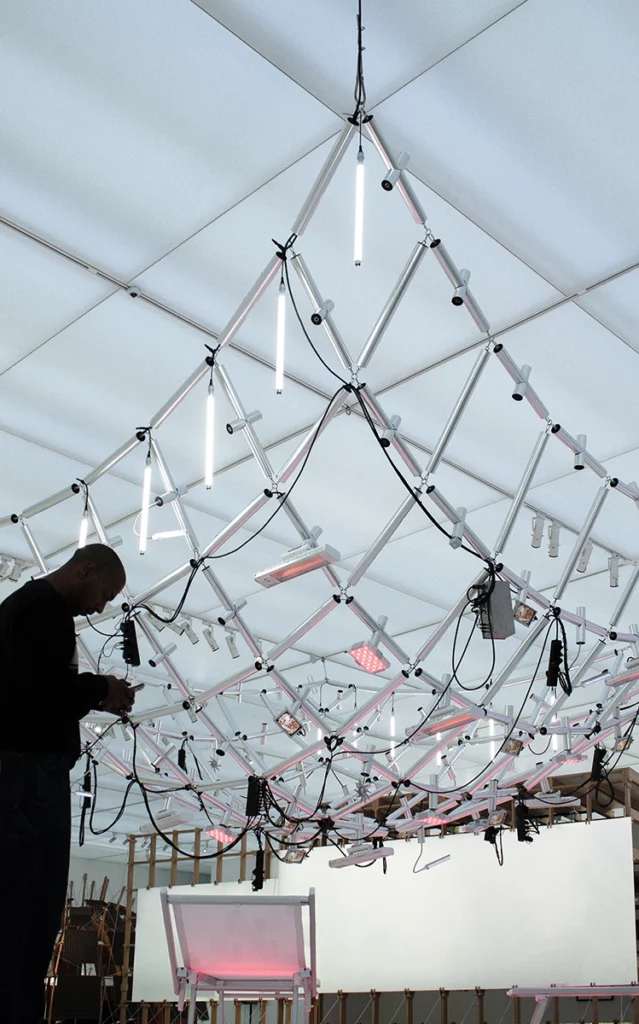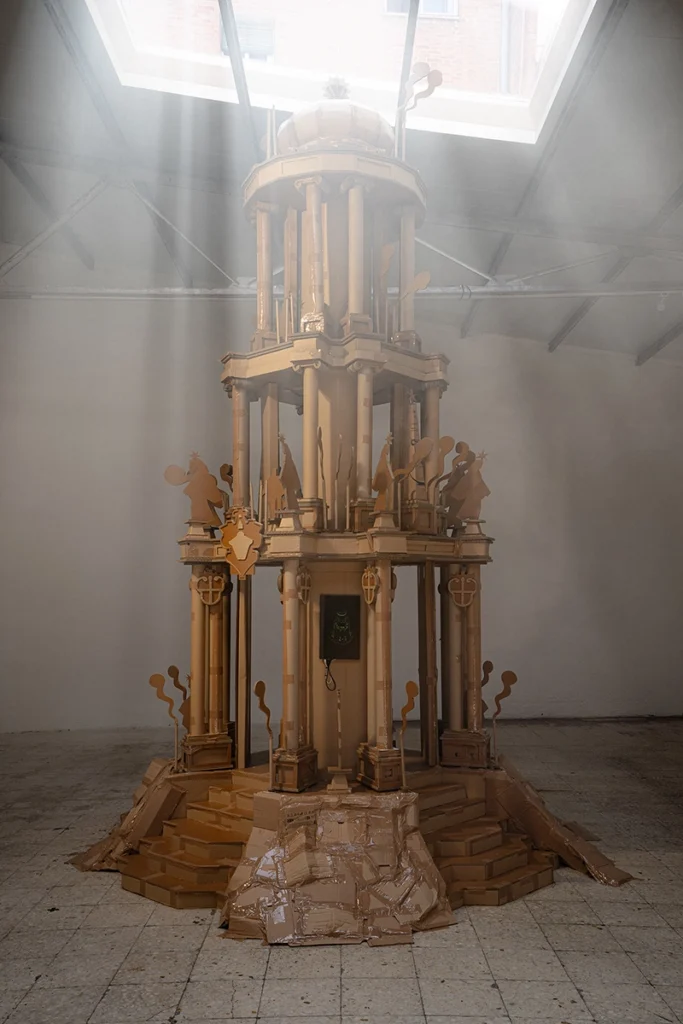Common Accounts is a research studio in architecture and spatial practice that operates between Madrid and Toronto. Run by Igor Bragado and Miles Gertler, it examines situations where design intelligence is abundant but under the radar.
Much of the studio’s work is driven by an interest in self-design and the human body’s interface with its environment. The work of Common Accounts—often materialized as building, installation, image, and text—was awarded with a 2023 League Prize from the Architectural League of New York and has been collected by the National Museum of Modern and Contemporary Art (MMCA) in Seoul, and the Musée de Design et d’Arts Appliqués Contemporains (MUDAC) in Lausanne. Bragado is Adjunct Professor at IE University, and Gertler is Assistant Professor at the University of Toronto.
PARADE!
This workshop proposes to leverage parades and ephemeral architectures as pragmatic tools for city-building, to enhance daily life in the public realm. Historically, parades and festivals organize civic space, transmit messages to publics, and often model prospective worlds or realities yet to come. Parade itineraries have produced urban form in cities like Athens and Rome. Architect Matilde Cassani shows us in her work how pageants and festivals materialized images of the future, refiguring the urban fabric of cities like Palermo: permanent transformations ushered in with the assumption of supposed temporality. Indeed, these ephemeral events often produce lasting vestiges in the lived environment. Across time, parades have been organized to articulate urban and transurban relationships to power and value. For instance: between frontier and capital, or labour and market. Perhaps unsurprisingly, architecture has a disciplinary history in their design. Architect Charles Robert Cockerell designed the environment to host the lying-in-state of the general and politician, the Duke of Wellington, after his death in 1852 London, whereas architects Richard Redgrave and Gottfried Semper designed his funeral carriage. From Victorian-era London to 2022’s Queue of mourners waiting to visit Queen Elizabeth II in state, processions have gathered publics and materialized the urban with crowds, media, and monuments. The Queue even precipitated its own weather report from the BBC: the social practice of mourning rendered as an act of place-making and record keeping (the fundamental responsibilities of monument).
